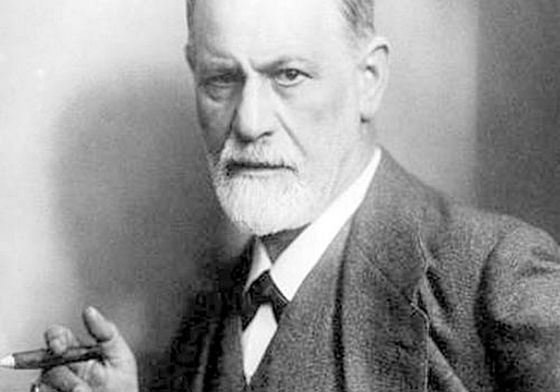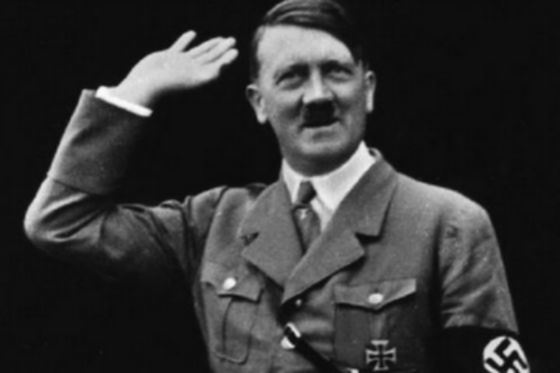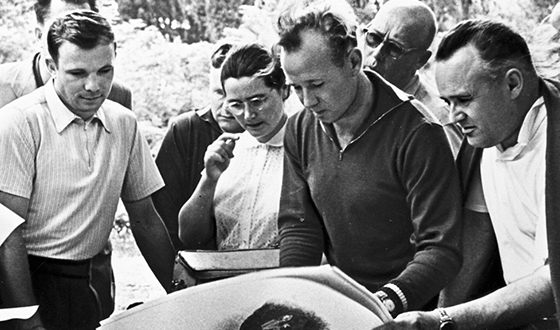Catherine II The Great
 Starting in 1762 her reign, Catherine II tried to arrange the state in accordance with the ideals of the Enlightenment. It embodied important and significant reforms for the empire, gaining enormous public support. A year later, she initiated the reorganization of the Senate, which increased the productivity of its work. In 1764 – the secularization of the lands of the church, which allowed to replenish the treasury. Catherine II brought to life important and significant reforms for the empire. As a supporter of the unification of government by the outskirts of the state, the reigning empress abolished hetmanship. In accordance with the principles of the Enlightenment, she created several new educational institutions, including the Smolny Institute of Noble Maidens and the Russian Academy. Catherine II created the Smolny Institute of Noble Maidens. Read: 6 mediocre Hollywood actresses who were lucky to become famous. Based on the works of enlightening authors in 1767 she wrote the Nakaz legislative code, for which she convened a special commission from representatives of various sectors of society. The policy of the Empress differed tolerance – she stopped the oppression of the Old Believers. Catherine the Great stopped the oppression of Old Believers. After the Russian-Turkish war and the Pugachev rebellion, a new round of introduction of the most important innovations of the Queen began. In 1775, she developed and implemented the provincial reform, which was in effect until 1917, published a set of noble privileges, acts on the self-government of cities, on the creation of elected courts, on vaccination of the population, etc. The period of the reign of Catherine II is not without reason called the “golden age” of Russia No less significant were the efforts of the autocrat in the foreign policy sphere. During her reign, a number of sections of the Commonwealth took place, the country’s positions in the Baltic states were strengthened, and the Crimea and Georgia were annexed.
Starting in 1762 her reign, Catherine II tried to arrange the state in accordance with the ideals of the Enlightenment. It embodied important and significant reforms for the empire, gaining enormous public support. A year later, she initiated the reorganization of the Senate, which increased the productivity of its work. In 1764 – the secularization of the lands of the church, which allowed to replenish the treasury. Catherine II brought to life important and significant reforms for the empire. As a supporter of the unification of government by the outskirts of the state, the reigning empress abolished hetmanship. In accordance with the principles of the Enlightenment, she created several new educational institutions, including the Smolny Institute of Noble Maidens and the Russian Academy. Catherine II created the Smolny Institute of Noble Maidens. Read: 6 mediocre Hollywood actresses who were lucky to become famous. Based on the works of enlightening authors in 1767 she wrote the Nakaz legislative code, for which she convened a special commission from representatives of various sectors of society. The policy of the Empress differed tolerance – she stopped the oppression of the Old Believers. Catherine the Great stopped the oppression of Old Believers. After the Russian-Turkish war and the Pugachev rebellion, a new round of introduction of the most important innovations of the Queen began. In 1775, she developed and implemented the provincial reform, which was in effect until 1917, published a set of noble privileges, acts on the self-government of cities, on the creation of elected courts, on vaccination of the population, etc. The period of the reign of Catherine II is not without reason called the “golden age” of Russia No less significant were the efforts of the autocrat in the foreign policy sphere. During her reign, a number of sections of the Commonwealth took place, the country’s positions in the Baltic states were strengthened, and the Crimea and Georgia were annexed.
MEN AND CHILDREN OF CATHERINE
Catherine II became famous not only as a powerful and great, but also as the most eager for a male empress. In the list of her favorites, according to a number of historians, there were about 30 names. Count Grigory Orlov was named one of the main favorites of Catherine II. Read: 7 business failures of Hollywood stars at the age of 25, with the last favorite, Platon Zubov (22-year-old at the time of the beginning of the affair with a 60-year-old autocrat). Personal life of Catherine II .None of the favorites, except Potemkin and Peter Zavadovsky, was not allowed to solve political issues by Catherine the Great. And none of her elects was subjected to disgrace. She generously awarded them all with honorary titles, orders, estates and money. The last favorite of Catherine the Great, Platon Zubov, the Empress gave birth to three children: son Pavel from the lawful spouse of Peter Fedorovich (or, according to one version, from Sergey Saltykov) and daughter Anna (allegedly from Stanislav Ponyatovsky), deceased as an infant, and also an illegitimate Alexey Bobrinsky (from Grigory Orlov). There is also an opinion that Elizaveta Grigorievna Temkina (b. 1775) is the daughter of the empress and Potemkin, who later took her under her care.
DEATH
At the end of her life, the reigning Empress devoted much time to caring for her grandchildren: Alexander and Constantine. She named the eldest of Pavel’s children after the patron saint of St. Petersburg Alexander Nevsky. She had a strained relationship with her unloved son, Paul. She wanted to make the heir to the heir, not his, but his eldest grandson, so she personally took care of his upbringing. However, her plans did not come true. Catherine the Great was buried in the Peter and Paul Cathedral. In 1796, on November 16, the great empress caught a blow. The next day, without regaining consciousness, she died of a stroke. They buried her in the Peter and Paul Cathedral with her husband, exposing his grave. The next ruler of the Russian Empire was Paul I.



